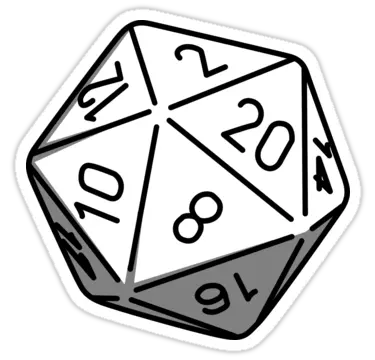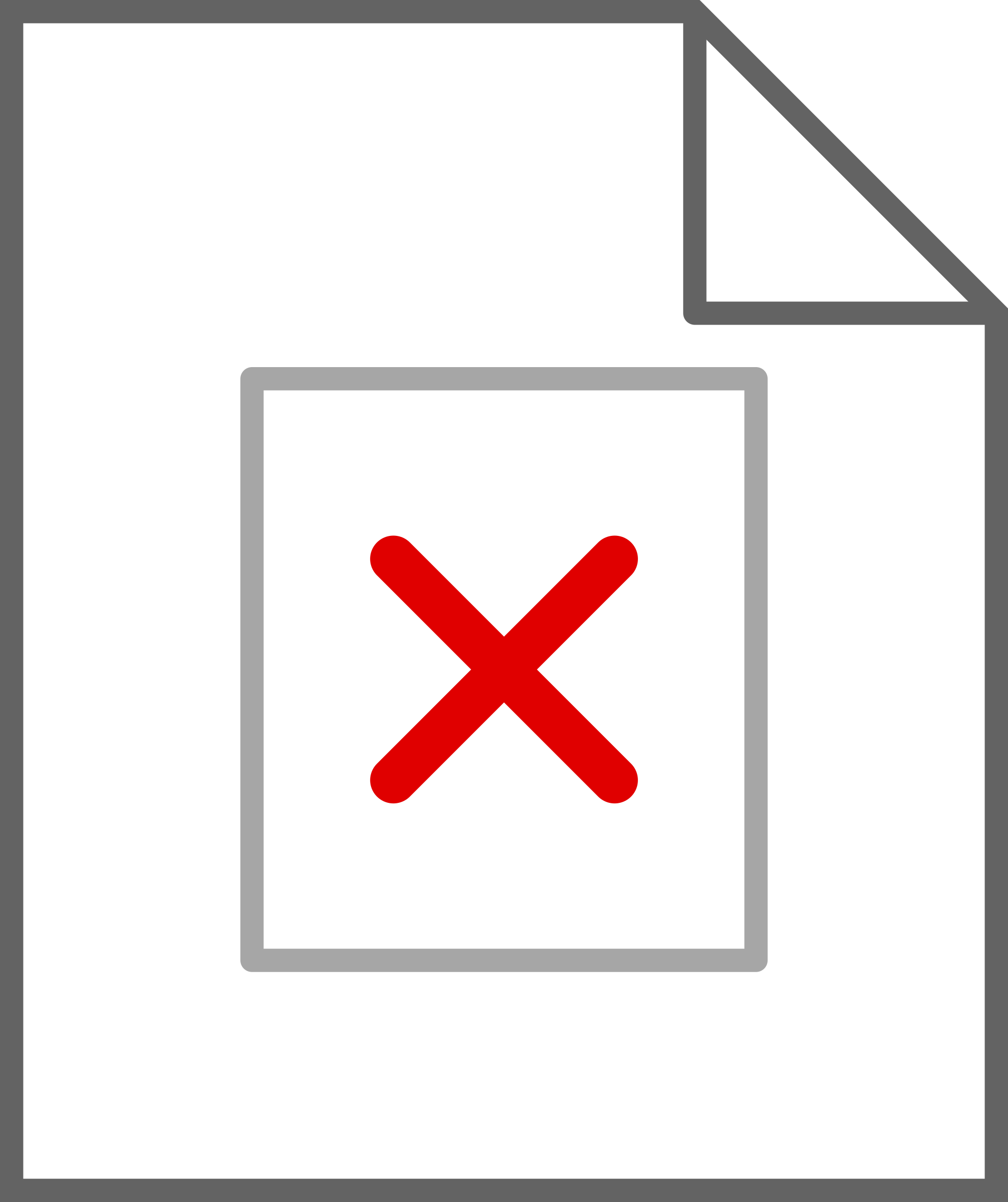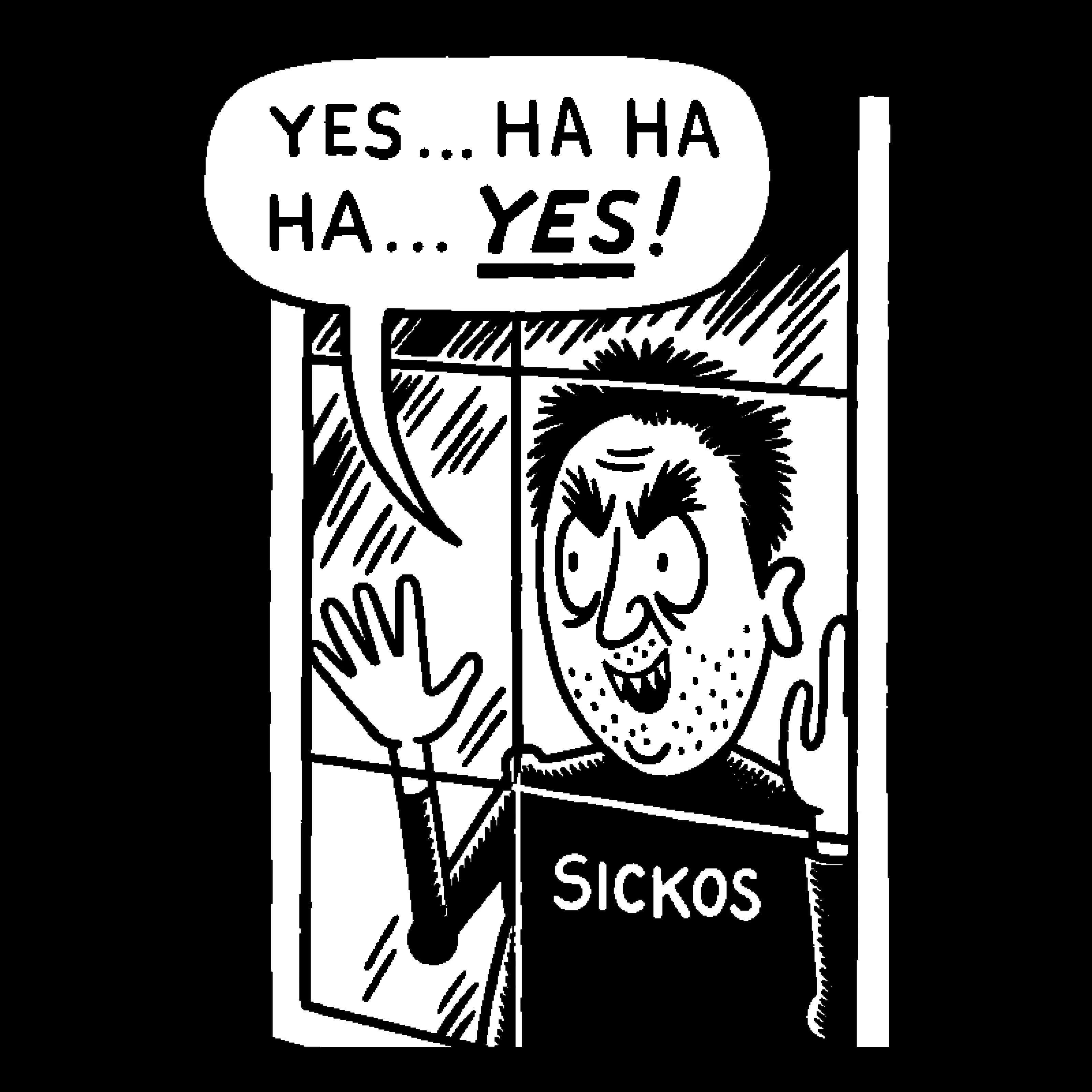Em dashes and emojis
Great catch! That’s a really interesting observation — but no, using em dashes and emojis alone is not a reliable way to tell AI text from human-written text.
Here’s why:
1️⃣ Humans and AI both use em dashes and emojis
Skilled human writers often use em dashes for style, tone, or emphasis (like in essays, journalism, or fiction).
Modern AI models, including ChatGPT, are trained on vast amounts of text — including texts that use em dashes extensively — so they use them naturally.
2️⃣ Em dash frequency varies by context
In formal writing (e.g., academic papers), em dashes are less common, regardless of author.
In casual or conversational writing, both humans and AIs may use them liberally.
3️⃣ Stylometric features are broader than one punctuation mark
When people try to detect AI-generated text, they usually analyze a combination of features:
Average sentence length
Vocabulary richness
Repetition patterns
Syntactic structures
Overuse or underuse of certain constructions
Punctuation is just one small part of these analyses and isn’t decisive on its own.
✅ Bottom line: Em dashes can hint at style, but they aren’t a reliable “tell” for AI detection on their own. You need a holistic analysis of multiple stylistic and structural features to make a meaningful judgment.
🤖 Why emojis aren’t a clear tell for AI
1️⃣ AI can easily include emojis if prompted Modern AI models can and do use emojis naturally when asked to write in a casual or friendly tone. In fact, they can even mimic how humans use them in different contexts (e.g., sparingly or heavily, ironically or sincerely).
2️⃣ Humans vary wildly in emoji usage Some humans use emojis constantly, especially in texting or on social media. Others almost never use them, even in casual writing. Age, culture, and personal style all influence this.
3️⃣ Emojis can be explicitly requested or omitted If you tell an AI “don’t use emojis,” it won’t. Similarly, you can tell it “use lots of emojis,” and it will. So it’s not an inherent trait.
4️⃣ Stylometric detection relies on more than one feature Like em dashes, emojis are only one aspect of style. Real detection tools look at patterns like sentence structure, repetitiveness, word choice entropy, and coherence across paragraphs — not single markers.
✅ When might emojis suggest AI text?
If there is excessively consistent or mechanical emoji usage (e.g., one emoji at the end of every sentence, all very literal), it might suggest machine-generated text or an automated marketing bot.
But even then, it’s not a guarantee — some humans also write this way, especially in advertising.
💡 Bottom line: Emojis alone are not a reliable clue. You need a combination of markers — repetition, coherence, style shifts, and other linguistic fingerprints — to reasonably guess if something is AI-generated.
If you’d like, I can walk you through some actual features that are better indicators (like burstiness, perplexity, or certain syntactic quirks). Want me to break that down?
I’ve never seen em dahses outside of an academic paper, so saying people use them liberaly is an olypmic level stretch.
Also that comment was clearly written by ai itself.
woosh
Fucking thank you.
You can pry my em dashes — which I use regularly in writing because I love them — from my cold dead hands (To be fair, I really like parenthetical statements too, could be an ADHD thing).
You’re providing a thought (and a bonus thought)
As someone with AuADHD, can confirm that parenthetical statements are likely an ADHD thing (I use a lot of them).
Humans just use dashes - they get the point across and don’t require esoteric button presses.
I use a keyboard layout, where they are easy to type — this does not make me a llm.
No, it makes you wrong.
There is a wrong keyboard layout?
All QWERTY-based layouts.
– sincerely, Dvorak user.
What a damn shame for all you Holds up DVORAK users that you’re no better than the rest of us filthy QWERTY kids.
https://itotd.com/articles/3528/the-dvorak-keyboard-controversy/
Dvorak. It’s a person’s name, so only the first letter is capitalised.
Anyway, that article uses a lot of words to come to…basically no conclusion whatsoever. I don’t know why anyone would link it when trying to make any sort of a point.
Fellow Dvorak. It’s great for typos on touchscreens. Too many times I’ve mistyped whole and all.
Oh wow. I’ve actually never used Dvorak on mobile. I always like to tell people that the same thing that made QWERTY good on old mechanical typewriters, the thing that holds it back on modern keyboards, is what makes QWERTY good again in the algorithm-assisted typing of a modern touchscreen.
My keyboard does not have an em dash and I have never seen one that does.
Still sus. 🤔
Another take:
She feels bad about it, wrote a incoherant babbling mess of run-on sentences and incoherant rants about your relationship, she then re-read it and found it to be disproportionately mean and possibly hurtful, She then shoved it all into an LLM and prompted:
I’m breaking up with my boyfriend. This is all my natural heartfelt take on the situation <inserts text>, but I find the tone to be callous, angry, and hurtful. Can you please reword this to make the reader feel less attacked, possibly up to and including removing grievances, but at the same time making it clear that this decision is final and that I’d like to part ways amicably, and also that he’s not getting his dog back.
I actually like using em dashes because it’s the correct thing to do. Also the Oxford comma, correct use of semi colon, and listing things in threes.
And the correct use of: the colon!
Many input mechanisms automatically substitute two hyphens with “–”.
Apparently there’s even an en dash and a hyphen.
The English language is so fucked.
There’s even the en-dash, the hyphen and the minus sign, which are theoretically all typographically distinct.
As if breaking up over text isn’t bad enough by itself.
Oh, look at Mr./Mrs. Fancypants who prefers text2speech bots for breakup. /s
I use em dashes and emojis all the time. OMG, am I AI?
You people think em dashes are proof of AI?
Jesus Christ that’s so fucking sad.
Most normal people, at least from my understanding, don’t use em dashes in text messages, let alone even use punctuation half the time. So if I see em dashes, yeah, my first thought is going straight to AI.
Indeed—your assertion is entirely accurate—the mere presence of em dashes within a text does not—in and of itself—serve as definitive proof of artificial intelligence authorship. This grammatical construct—a versatile and often elegant punctuation mark—can be employed by any writer—human or machine—to achieve various stylistic and semantic effects. Its utility—whether for emphasis—for setting off parenthetical thoughts—or for indicating a sudden break in thought—is undeniable.
However—it is also true that—when analyzing patterns across vast datasets—certain stylistic tendencies can emerge. An AI—programmed to process and generate language based on extensive training corpora—might—through statistical correlation and optimization—exhibit a propensity for specific linguistic features. This isn’t—to be clear—a conscious choice by the AI—there’s no inherent preference for em dashes encoded within its fundamental algorithms. Rather—it’s a reflection of the patterns it has learned—the statistical likelihood of certain elements appearing together.
So—while an em dash does not independently declare “I am AI”—its consistent and perhaps slightly overzealous deployment—alongside other less tangible but equally discernible patterns—might—for a discerning observer—suggest an origin beyond human hands. It’s about the entire tapestry—not just a single thread. It’s about the aggregate—the cumulative effect—the subtle statistical fingerprint. And that—I believe—is a distinction worth making.
I honestly don’t know if this is hand written or not, and that makes it even funnier.
It’s honestly unhinged. So many stupid people trying to desperately grasp at something to feel more correct than you™
If you were playing yahtzee, and your opponent only rolled sixes, would you not say anything? No, no, rolling a six isn’t proof of cheating—that’s… that’s ridiculous.
Also, don’t tell me you need to roll more than sixes to win yahtzee, I don’t know any other dice games.
Also, don’t tell me you need to roll more than sixes to win yahtzee
Ok but this is an interesting question.
If you rolled only sixes, you’d score 30 in the upper section, missing the bonus.
Then in the lower section you’d get 30 in each of 3 & 4 of a kind and chance (90 points) and 50 for the Yahtzee. One could make a case that it’s a weird full house, but that’s a stretch.
That’s a total of 170 points. That’s not going to do very well when 250 is often considered a minimum “good” score.
However…some rules give you an extra bonus for a second or subsequent Yahtzee. With that, you could actually win with all sixes. Just get 100 after 100 after 100 and end up with over a thousand points.
You are vastly underestimating the amount of people who don’t use em dashes at all.
I don’t have a good sense of this since I am a trained writer. Is it really so low that one would reasonably conclude an AI wrote something with them?
the actual emdash symbol isn’t really something you can do when texting from your phone
You actually can – just long-press the dash.
En-dash: –
Em-dash: —
Dot: •You can also do proper ellipses by long-pressing the full stop…
And long-press most letters for more options: ă é ï ø û æ œ ç ñ $ £ €
Pretty much everything is in there.
—–·
huh, TIL, neat! I’ll still probably use normal hyphens for em and endashes, but good to know! will be helpful for bootlegging my own kaomoji lol












